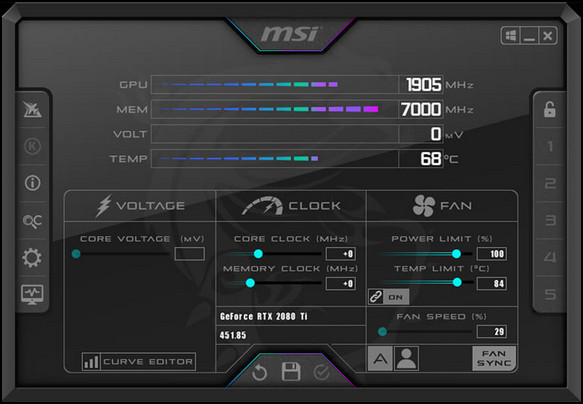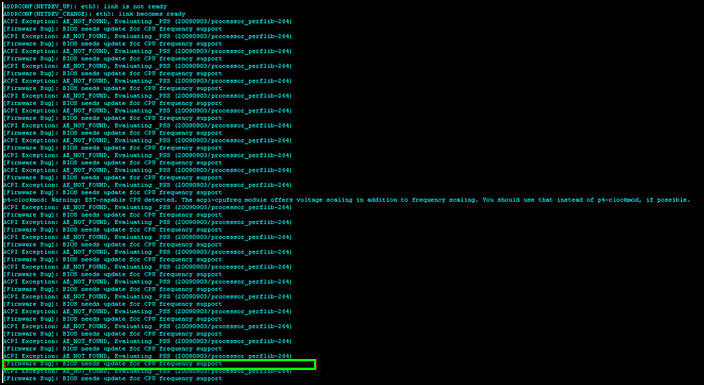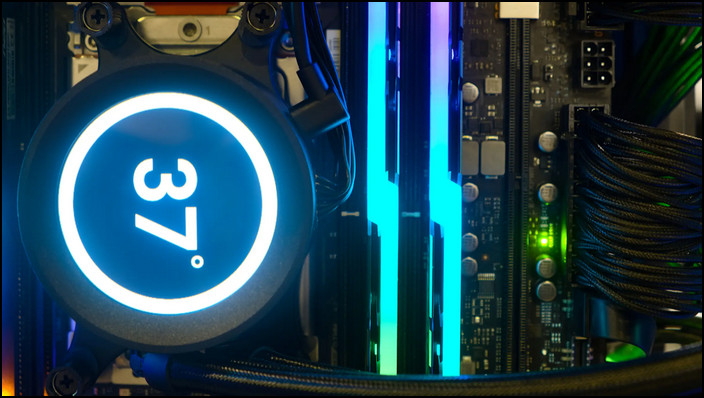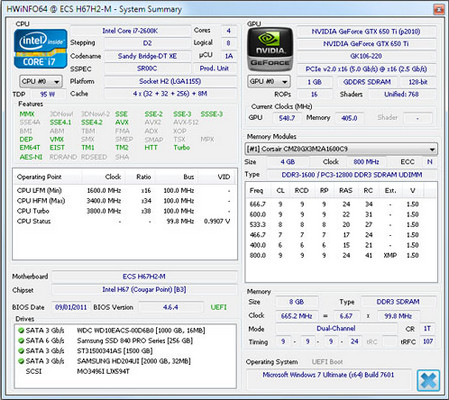The temperature plays an important role, delivering high performance for the CPU. When it’s higher than usual, the performance stumbles. That’s why it’s essential to monitor & maintain the temp.
Several power users reported false temperature reading on their CPUs. It could be because of a faulty monitoring app, or the sensor got MAD!
Find out the genuine factors behind the false CPU temperature reading and how to resolve it through this article. So, without further ado, let’s begin.
Why Are You Getting Incorrect CPU Temperature Reading?
You’re getting erroneous CPU temp due to a bug in the temperature monitoring app or in the motherboard’s BIOS firmware. However, a faulty temp monitoring sensor of the CPU can give a false temperature reading. But the probability of a damaged CPU temp sensor is very low.
According to the users, they found the CPU wasn’t that hot when the hardware monitoring apps were detecting high CPU temperature. It’s abnormal when the temp is max instead of having a decent CPU cooler.
And it becomes even more of a concern when the temperature rises, even though the CPU is not 100% utilized. You might also notice the processor temperature fluctuating.
When the CPU is under high workload, and its usage is at max, the CPU will get too hot for sure. But, when the CPU is not doing heavy work or sitting idly, but the temp is high, that’s indicating a problem.
Below are the reasons behind you’re getting an incorrect CPU temperature reading:
1. Glitch in the Hardware Monitoring App
There are a few renowned hardware monitoring apps to check the CPU and overall components temp. Among many, the CoreTemp, HWMonitor, Open Hardware Monitor, and HWiINFO are the best at monitoring hardware’s current state.
But nothing is flawless, and these apps could give you a false CPU temperature reading if they contain bugs. And you will see the flawed app displaying high CPU temp, even though everything is running smoothly & stutter less.
2. Bug in the BIOS Firmware
Bugs could also be in the BIOS firmware, not only in the apps. Some BIOS updates contain bugs, and you’ll see a false CPU or motherboard temp reading when you enter the BIOS. The wrong temp reading might show you a high or lower temp than the actual temperature.
On a side note, go through our in-depth guide on CPU temperature to know more about this topic.
3. Faulty CPU Temperature Monitoring Sensor
The other factor behind the incorrect temperature is the faulty temp monitoring sensor in the CPU, but it’s a rare case. But you can’t deny this fact because anything can go wrong at any time, and it’s also possible for a CPU temp sensor.
So, these are the possible reasons you’re seeing false or incorrect CPU temp readings.
How to Resolve False CPU Temperature Reading
To solve this uncommon case, you can shift to another hardware monitoring app, since you only use one to check the CPU temperature. Plus, install another CPU in the same motherboard socket to recheck the temp, and identify the sensor fault in the current CPU.
No matter the case, fixing this issue isn’t a hard nut to crack.
Here are the methods to solve false CPU temp readings:
1. Check the CPU Temp with Another App
Suppose, you’re using HWiNFO to check the CPU’s temp and get a high-temperature reading. But the CPU is not yet utilized to 100%, and there is no performance throttling.
Then, how do you identify if the CPU is not as hot as the app readings?
Get a laser thermometer and measure the CPU’s temp. First, measure it when the cooler is attached and check the app’s CPU temp readings. Again, measure the temp without the cooler and check the temp from the app.
Now, match the CPU’s temp from the laser thermometer with the app’s reading. If the thermometer’s temp reading shows the exact number according to the load on the CPU, then the app’s gone crazy.
It’s time to install another app and repeat the same temperature-checking procedures using the laser thermometer. I bet you’ll get the accurate reading this time in case the previous app got a glitch.
On a related note, you must know the safest temperature for the processor and ensure that the CPU coolers are properly installed.
2. Check for the Defective CPU Temp Sensor
It’s a rare case that the integrated temperature sensor in the CPU is damaged, but it’s not impossible. For that, let’s check to expose the real culprit.
When the temp sensor is faulty and gives inconsistent CPU temperature, the AI system in the chip will throttle down the clock speed. To identify whether the sensor in the CPU itself is damaged, you must install another CPU in the same socket and match both’s temperature readings.
Sadly, if you’re out of luck, you’ll notice differences in the temp reading. In that case, your current CPU’s sensor got damaged. It’s time to go for another processor to fix this issue.
Hence, these are the common fixes if you’re getting the wrong CPU temperature reading. However, high temperature is bad for the CPU because it holds down the CPU’s efficiency.
You should lower the CPU’s temp when it’s high to get the best performance out of it. There are several techniques to lower the processor’s temp, and you must apply any of those.
FAQs
How to know if your CPU temperature is correct?
To know the exact temperature of your CPU, install any hardware monitoring app such as CoreTemp, or HWiNFO. You can also check it from the motherboard’s BIOS/UEFI tool.
What’s the ideal temperature for a CPU?
It mainly depends on the CPU you’re using and ambient room temperature. But when the CPU performs normal tasks, the temp should be between 40-65°C. However, it could reach up to 75-80°C in case you’re running heavy apps and CPU utilized to 100%.
What are the perfect apps for monitoring CPU temp?
For monitoring a CPU’s temp, such as core voltage or core package temperature, you should use hardware monitoring apps like CoreTemp, HWiNFO, HWMonitor, AIDA64, etc.
Bottom Line
High CPU temperature will push the CPU to lower the clock speed. That’s why you should use a high-end CPU cooler to lower the temp. But when the temp reading is not correct & high, and the fan is spinning on that basis, it becomes a matter of concern.
A damaged temp sensor, or bugs in the monitoring app, can throttle down a CPU’s performance. In this article, I have shown the causes of wrong CPU temperature and how to solve them.
For more queries, please leave a comment below. Best of luck!




